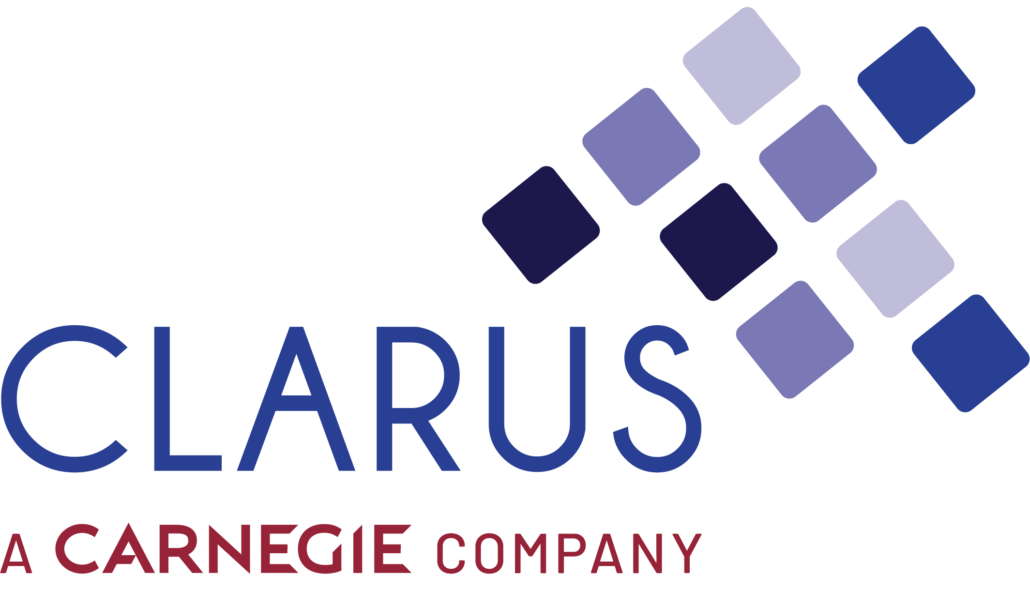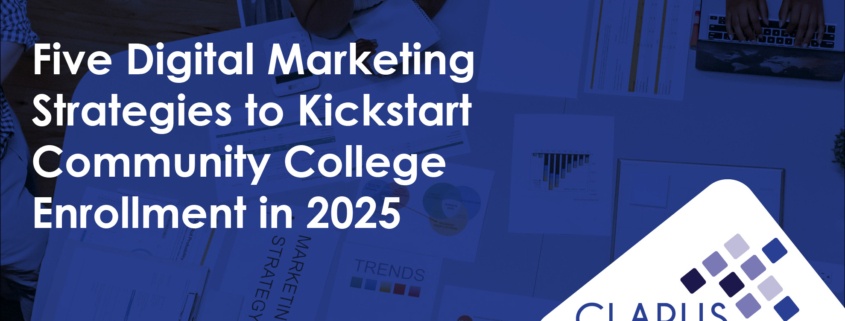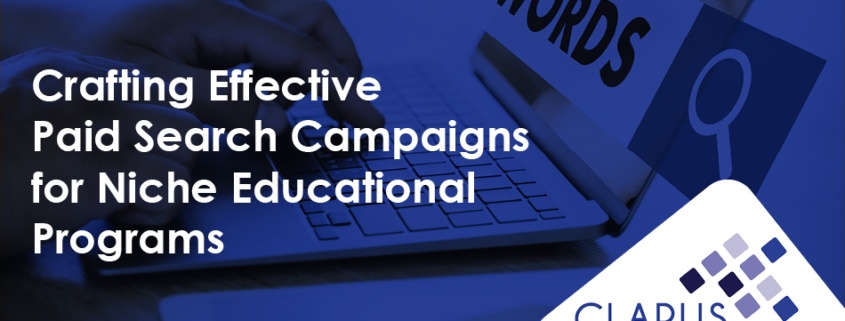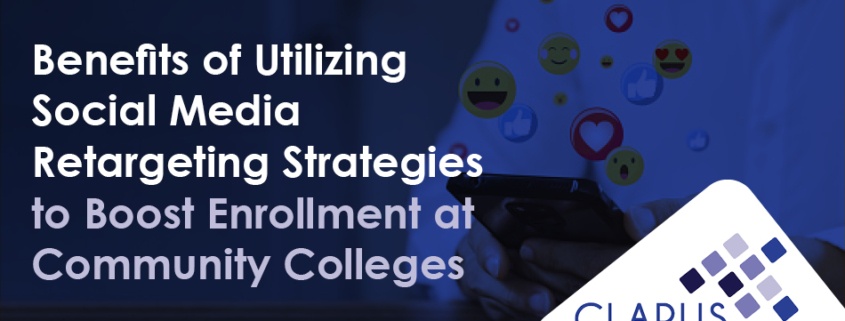What Is Retargeting?
Retargeting is a game-changer for community colleges looking to move prospective students through the enrollment funnel. By re-engaging individuals who have already interacted with your institution — whether by visiting your website, submitting an inquiry, or engaging with your ads — you keep your school top-of-mind and encourage them to take the next step.
This blog explores how retargeting works, why it’s essential for community college recruitment, and how you can apply it effectively.
Why Retargeting Matters for Community Colleges
Retargeting is one of the most effective digital marketing strategies because it targets students who have already demonstrated interest in your institution. Unlike broad advertising efforts, retargeting ensures your message reaches students who are actively considering their options — making it a cost-effective and efficient way to drive enrollment.
Here’s why it’s why retargeting is a must-have marketing strategy:
– Personalized Outreach: Customize messages based on where students are in their decision-making process. Promote class start dates, financial aid opportunities, or specific academic programs to keep them engaged.
– Higher Conversion Rates: Retargeting increases the likelihood of enrollments by focusing on students who have already interacted with your brand.
– Maximized Marketing ROI: Since you’re targeting engaged prospects, retargeting helps optimize your ad spend, delivering better results for your budget.
– Stronger Community Engagement: Community colleges serve local populations, and consistent engagement through retargeting builds trust and familiarity with prospectivepotential students.
– Cost-Effective Strategy: Retargeting audiences represent a small pool of highly relevant, previously engaged individuals you can reach at a much lower cost.
Effective Retargeting Strategies for Community Colleges
A well-executed retargeting campaign is about more than just serving ads to past visitors — it’s about optimizing every touchpoint to guide prospective students toward enrollment. That’s why we recommend retargeting as an always-on strategy to run throughout the year. Here are some other considerations when setting up higher education retargeting campaigns:
Website Optimization
Your website plays a critical role in retargeting success. If it’s not properly structured, your campaigns won’t reach the right students or drive conversions effectively.
Pixel Placement: Ensure tracking pixels are installed on key pages (such as admissions, financial aid, and program pages) to capture visitor activity actively.
Landing Page Experience: Since many prospects will land on your site through an ad, your page must be clear, relevant, and fast-loading to keep them engaged.
Above-the-Fold CTA: To maximize conversions, place your key action — whether an inquiry form or an enrollment button — at the top of the page.
Building the Right Audience
Targeting the right audience is essential for retargeting success. Instead of broad, ineffective targeting, use URL-based audience segmentation to reach engaged prospects.
Use URL String Rules Wisely: Instead of adding individual URLs, include broader string rules that capture all relevant pages.
For example, if you are targeting program page visitors, set the rule to include URLs containing “/program” to capture all relevant traffic, such as “/program/enroll” and “/program/request-info.”
Focus on High-Intent Visitors: Optimize your audience targeting by including key page strings that prospective students are likely to visit while excluding irrelevant ones.
Campaign Settings
The right campaign settings help ensure your retargeting ads appear in appropriate spaces and drive results more efficiently.
Brand Safety Exclusions: Implement settings that prevent your ads from appearing on content that is explicit, inflammatory, or misaligned with your school’s values.
Ad Frequency Management: Set frequency caps to ensure your ads are seen enough to reinforce your message without overwhelming prospects. Overexposure can lead to ad fatigue, reducing engagement and potentially turning prospective students away.
Creative Best Practices
Your ad content should be compelling, visually engaging, and action-driven to keep your institution top-of-mind.
Use Strong Branding: Always feature your logo and school colors to enhance brand recognition.
Incorporate Dates and Deadlines: If available, include class start dates or upcoming events to create urgency. If not, highlight rolling admissions or open enrollment.
Emphasize Value: Prospective students need a reason to take action. In your ad copy, showcase affordability, career-focused training, small classes, personalized support, and/or transfer opportunities.
Use Imagery and Social Proof: Ads featuring real students resonate better than stock imagery.
A/B Test To Optimize: Test different ad variations (imagery, messaging, CTAs) to determine what resonates best with your audience and refine your strategy accordingly.
Unlock the Full Potential of Retargeting
Retargeting is a powerful marketing tool — but only if implemented strategically. At CLARUS, we specialize in helping community colleges develop and optimize high-impact digital campaigns that drive enrollment.
Let’s talk! Connect with us to explore how a customized retargeting strategy can help your institution reach the right students at the right time.










